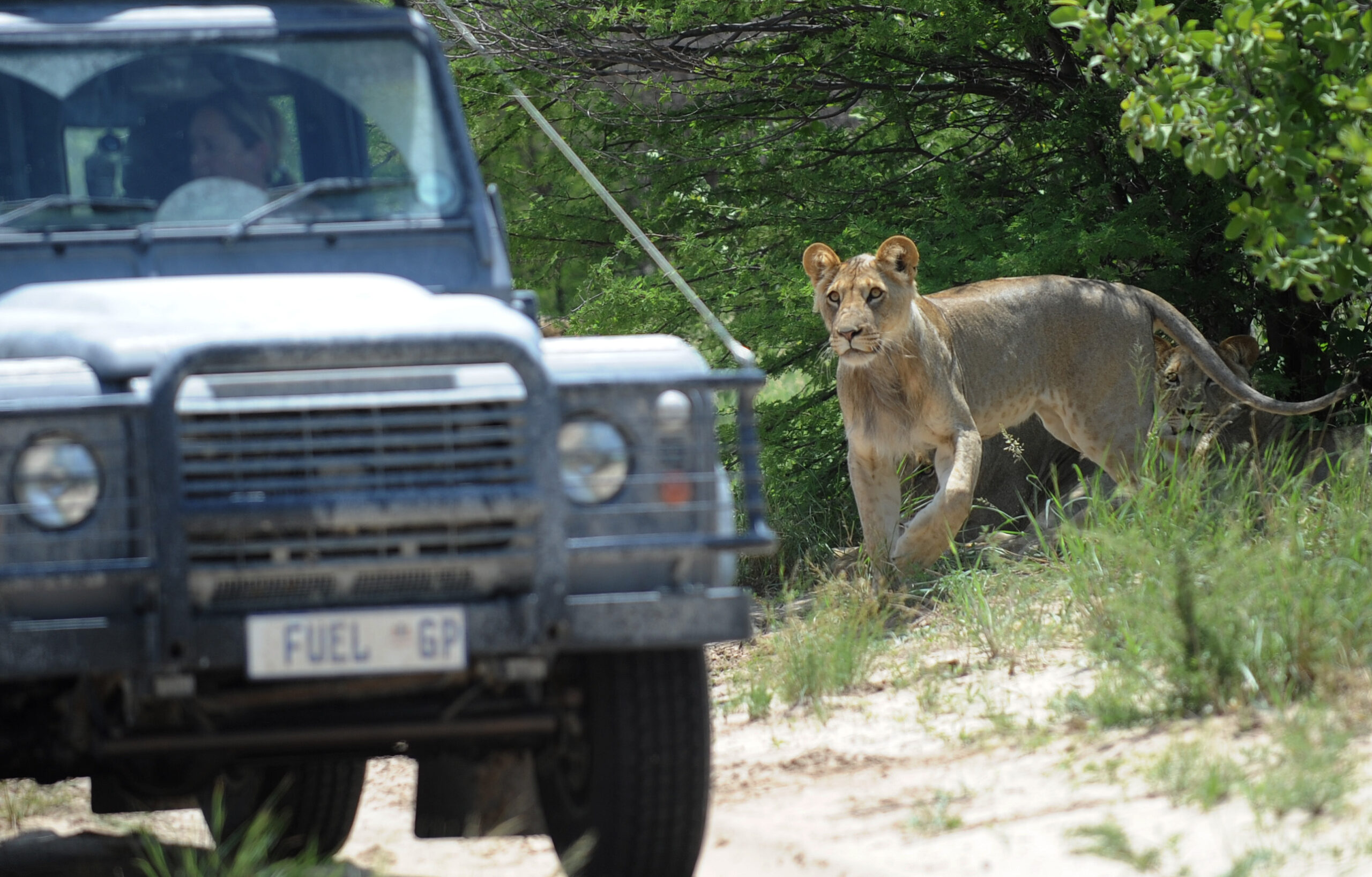- Translocated lions moving back into livestock farming areas
- Experts say translocated lions experienced high level of mortality
- Translocation not an eff ective method to conserve lions
TEFO PHEAGE
A study done by Kalahari Research and Conservation in collaboration with the government on the conflict between lions and communities has concluded that the adopted method of translocating troublesome lions out of communities is not effective and does not serve the intended purpose.
The African lion, Panthera leo, is often killed in retaliation for livestock predation and the Department of Wildlife and National Parks has been implementing a policy to reduce the killing of lions by farmers in Botswana through translocation of lions that are known to have killed livestock from communal lands into protected areas.
The study used satellite collars and monitored the fate of lions after translocation from farming areas into the Central Kalahari Game Reserve (CKGR) and the Kgalagadi Transfrontier Park (KFP).
“Females tended to return to the point of capture, while males often moved into new livestock areas. Furthermore, translocated lion movements differed seasonally. The lions spent more time outside protected areas in the dry season than the wet season. As translocated lions often moved back into livestock farming areas and experienced a high level of mortality, we conclude that translocation was not an effective method to conserve lions,” reads a report on the study.
In order to study the outcome of this management strategy, a number of lions released into the CKGR and KTP were fitted with satellite collars. The experts analysed the data collected from the collars to find out how the translocated lions moved, what their survival rates were, and, where relevant and possible, their cause of death.
“Of the 13 translocated lions, 10 died after a mean of 275 ± 68 days post release, one lost its collar after just 15 days. Another lion collar stopped transmitting after 10 months and an additional collar automatically dropped off as programmed. We recovered the collar without knowing the fate of the lion. Four of the 10 lions died in protected areas, two in the CKGR and two in the KTP and the remaining six outside a protected area. Farmers killed five lions after they left the protected areas and five lions died of unknown causes, including the four in a protected area,” reads the report.
The team concluded that high rates of mortality of the translocated lions and the considerable financial cost of translocating carnivores point to the need to explore other methods of resolving human-lion conflict.
“Available and limited resources may be more effectively used to improve livestock husbandry or for other preventative measures,” the report advised.

